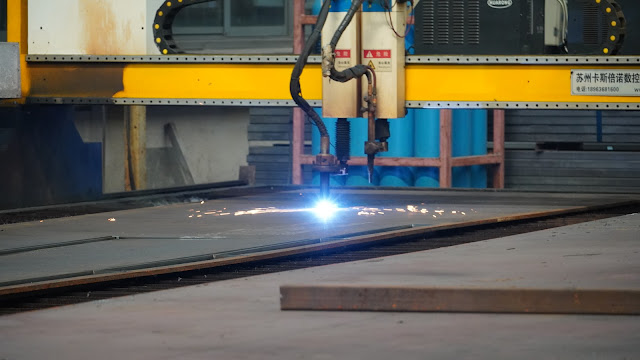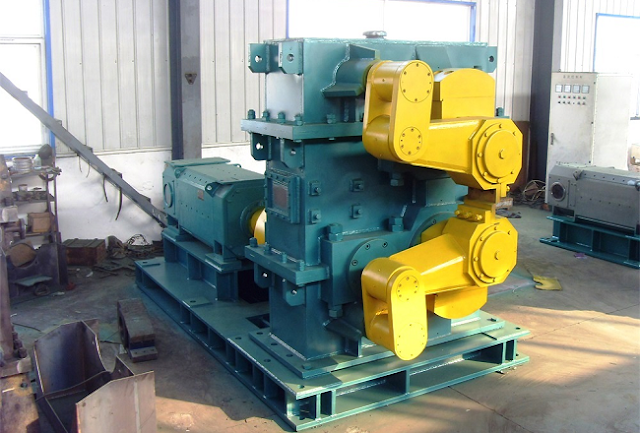The Rolling Mill Laser Cladding Technology
The rolling mill laser cladding technology is a brand new surface strengthening technique that heats the powdered alloy or ceramic and the surface of the substrate to fuse them and cover the substrate with a less-dilution metallurgically bonded coating after the removal of the laser. This new type of treatment can improve the surface properties of the material like wear resistance, corrosion resistance, heat resistance, and oxidation resistance, along with its electrical characteristics. The ordinary 60# steel can reach a hardness high as 2200HV after being laser clad with tungsten carbide and perform 20 times better in wear resistance. The wear resistance of the Q235 steel laser clad with CoCrSiB alloy is also better than the flame-spraying ones.
As an advanced economically beneficial technology, laser cladding can cover low-cost metal substrates with high-performance alloy coatings without changing their original properties and reduce the cost of rare metals. Every industrially advanced country in the world is paying great attention to related research.
The superiority of rolling mill laser cladding technology can be reflected in the following aspects:
1. High cooling velocity (106K/s). Fine-grained micro-structures and rare phases like unstable phases and amorphous phases that could not be formed under common conditions can be easily gained with this fast solidification process.
2. Low dilution rate (less than 5%). The metallurgical bond between the coating and the substrate, and the Interface diffusion bond can be controlled with the technical parameters of the laser to obtain an excellent low-dilution coating with adjustable compositions.
3. Less thermal input and distortions. The distortions can be controlled within the range of tolerance, especially when it’s been laser clad with high power density.
4. Unrestricted coating powders, especially when cladding the fusible metal substrates with refractory alloys.
5. Large coating ranges. The thickness of the coating can vary from 0.2 to 2.0mm with one single powder feed.
6. Regional cladding with superior cost efficiency.
7. Flexible beam-aiming cladding to the inaccessible areas.
8. Easily automated and totally fit for the repair of common abrasions.
The rolling mill laser cladding technology can also be used in the wear resistance and corrosion resistance fields for its large range of applicability which covers almost every aspect in the machinery manufacturing industries, such as coal, petroleum, electricity, railway, automobile, and aviation. Take the petroleum industry as an example, a large number of equipment like valves, centrifugal pumps, oil pumps, plunger pumps, screw pumps, and compressors breaks down every year. These units are expensive and various in type, which makes them hard to repair. But it won’t be a problem anymore with the help of laser cladding technology.
Please contact stella@hanrm.com for a quotation.
And free send inquiries to us.
Email: stella@hanrm.com stellarollingmill@gmail.com
Whatsapp/Wechat:+8615877652925

.jpg)



















